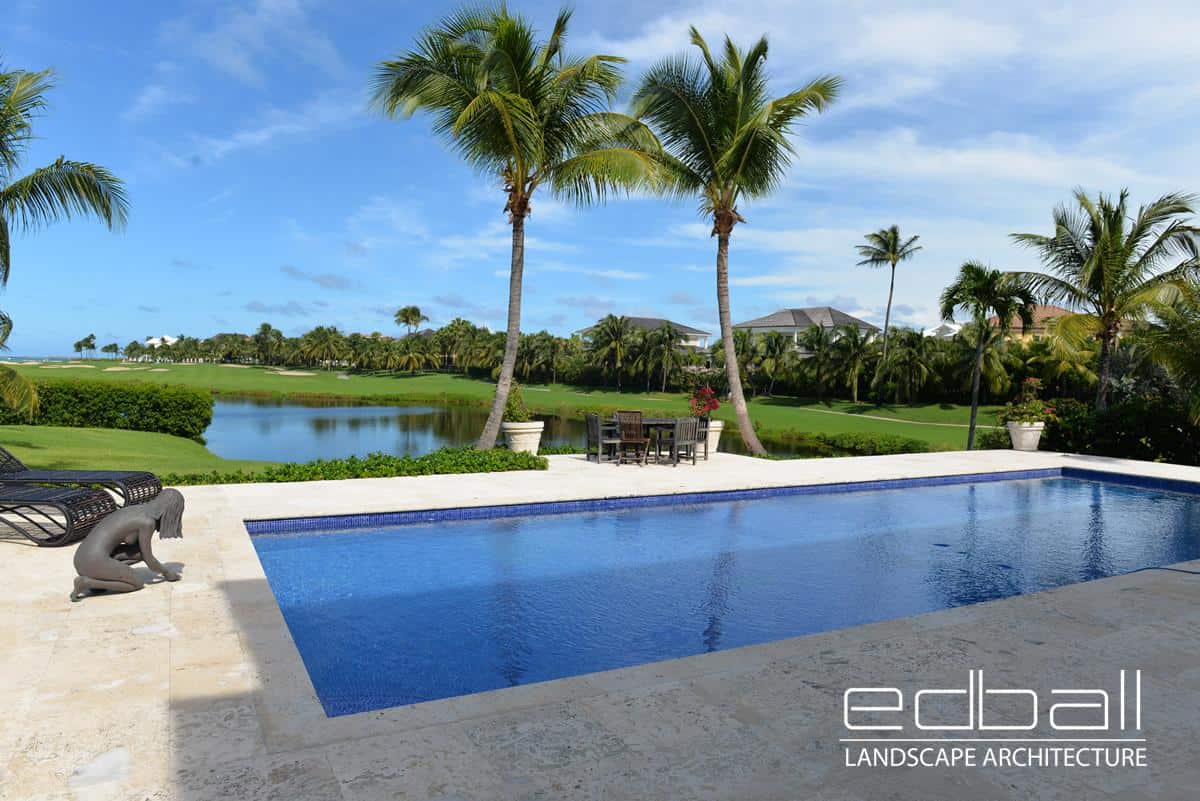
Creating a Poolside Paradise: Must-Have Features for Your Pool Landscape


By Ed Ball | Published on March 09, 2024 | 2 min read

As the temperature rises, the idea of installing a pool in your backyard becomes increasingly appealing, serving both as a means to beat the heat and as an eye-catching centerpiece of your outdoor space. The purpose you envision for your pool will influence a variety of options that extend well beyond the basic decision of choosing between an inground or above-ground pool; your selections regarding materials, design styles, and intended functions will all contribute to shaping the end result.
With so many options, let’s start with an essential question, how do you want to use your pool? Will you be doing laps for exercise, or do you want a place to cool off? Will this pool be for family fun or an architectural feature? How you answer these questions will help determine the shape and size of your pool.
Plunge pools are small, shallow pools that can also have an area for tanning. They are meant to be used to cool off, and some incorporate cold water therapy. If you have a small space or just want to cool off, a plunge pool may suit your needs.
Lap pools are typically long and narrow, designed for exercise. They can be compact and architectural, built just large enough for a single swimmer. If you want a compact tool that also provides workout opportunities, a lap pool may be perfect.
Infinity pools are designed to appear as though at least one side of the pool has no edge. Instead, the water flows over the edge and into a catch area where it recirculates. Infinity pools can be showstoppers in any landscape and designed in many sizes.
Family pools are often multi-use or recreational pools with varying depths and large enough to hold several people swimming at once. They can have diving boards, slides, sun decks, games, or waterfalls, depending on the desires of the family.
Spas and hot tubs can tuck into most landscapes and provide therapeutic and relaxation benefits. Spas can be inground or above ground, and their compact size allows them to be closer to the house and use year-round.
Once you’ve determined how you want to enjoy your pool, it’s time to start thinking about materials and design. The best return on investment will be an inground design, yet there are still several considerations.
Concrete pools are the most common and have been around for many decades. The hole is dug and rebar added in nearly any shape imaginable. Once formed, gunite or shotcrete is sprayed to provide a smooth, durable finish. Tile, stone, and aggregate materials can be added to create unique and beautiful designs.
Fiberglass pools are pre-made, arrive in one piece, and are typically lowered into place by a crane. While the building process is quick, fiberglass pools don’t have the longevity of their concrete counterparts.
Following that, you’ll need to make tangible choices regarding things like pool covers, water types, and filtration systems. It’s crucial to be transparent with your landscape architect about the amount of maintenance you’re willing to put into your pool.
Consider safety issues too, especially if you have young children. Do you also have dogs that enjoy taking a dip? Make sure to communicate the unique requirements of your family to your designer. In hot climates, installing a pool can significantly enhance your summer experiences for many years ahead and introduce new layers of visual appeal to your outdoor space. Collaborate closely with your designer to create a pool that is as functional as it is aesthetically pleasing.